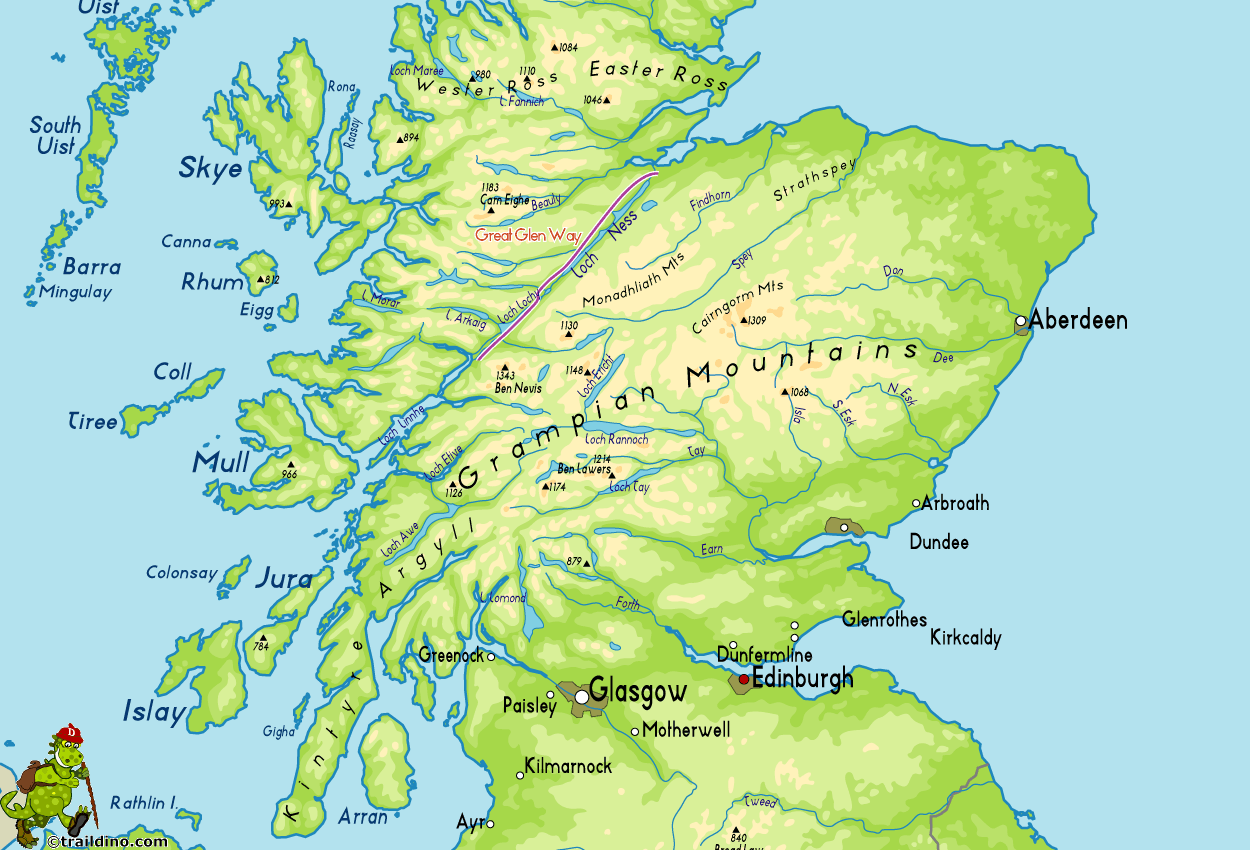Our last day off for our run at the Edinburgh Fringe was last Monday, where me and some friends took a bus tour up into the Scottish Highlands. It was rainy for much of the day, but the dampness did not diminish the stark beauty of the region. With apologies for the generally poor quality of the photos -- most were taken out the window of a moving bus, and/or with rain and mist to boot -- here are some images from our day. We started by heading northwest from Edinburgh, past Stirling Castle and across the Highland Fault, at which point we began to climb steadily.
One of the things that surprised me was the amount of logging going on in the region: timber is a major product for the Highlands. Apparently, by the end of World War I Scotland was almost completely devoid of trees; the government undertook a replanting program in order support a timber industry that had essentially harvested itself out of existence. As is almost always the case with such efforts, however, the trees that were replanted were densely-packed, fast-growing, soft-wood evergreens -- making for effective tree farms but hardly restoring the original habitat. Signs of clear-cutting of these "sustainable forests" were everywhere...

Next up, the Glencoe region, a hotbed of Jacobite resistance during the 17th and early 17th centuries, as well as vicious Reformation and Counter-reformation strife. The landscape seemed as rugged and harsh as its history, but also held a stunning beauty.
By this point we'd reached the western coast, and the "sea lochs" that are the beginning of the Caledonian Canal, a monumental 19th-century undertaking connecting the several lochs of the Great Glen and creating a huge east-west shortcut across Scotland (while also avoiding the severe weather associated with going around the north coast). (More on the Great Glen below.)
The sea lochs are basically fjords -- long, narrow valleys open to the sea at one end. And because of their shape they are subject to considerable tides. At one point I noted a characteristic standing wave, indicating the outgoing tide. (I wasn't able to capture a picture of it, though.)
The Caledonian Canal was a massive undertaking, and like most great canals it has three characteristics: it was predicted long before it became reality, it takes advantage of existing waterways, and it was finally realized with great effort far exceeding initial expectations. The canal is still used today, though more by pleasure craft than merchant vessels.

Then we began the journey east-northeast up the Great Glen, a great linear gash cutting right through the center of Scotland north of the Grampian Mountains. It's a remarkably linear feature defined by the Great Glen Fault -- separating Precambrian metamorphic rocks to the south from from Paleozoic sedimentary rocks (previously belonging to what is now North America) to the north. The fault later served as a zone of weakness, which the massive glaciers of the last Ice Age exploited to dig enormously deep, chiseled lochs. [In case you missed it, check out my earlier blog on the geology of Scotland: https://www.jeffreynytch.com/blog/letter-from-the-fringe-2019-geology-and-history-go-hand-in-hand]

The lochs of the Great Glen are relatively narrow but many hundreds of feet deep. In fact, their form is remarkably similar to that of the Finger Lakes of upstate New York, which were also formed by the carving out of glaciers.
Then we arrived at the most famous loch in Scotland, Loch Ness. At first the weather looked okay, and we had some lovely view of Urquhart Castle -- strategically placed on a promontory with a view in both directions of the massive lake. But then, while on a boat ride along one section of the loch, things turned chilly, wet, and windy! Somehow it seemed appropriate weather for this storied place, which already has enough history without the additional speculation over "Nessie."
The last phase of our trip was to exit the Great Glen on its eastern end, and begin the long journey back to Edinburgh. This included passing through Cairngorns National Park, with its stunning hillsides of heather, stopping at the charming town of Pitlochry, and gradually making our way to the Firth of Forth and the spectacular Queensbury Crossing (which includes an historic cantilever railway bridge dating from the 19th century). A fitting end to a wonderful day!
